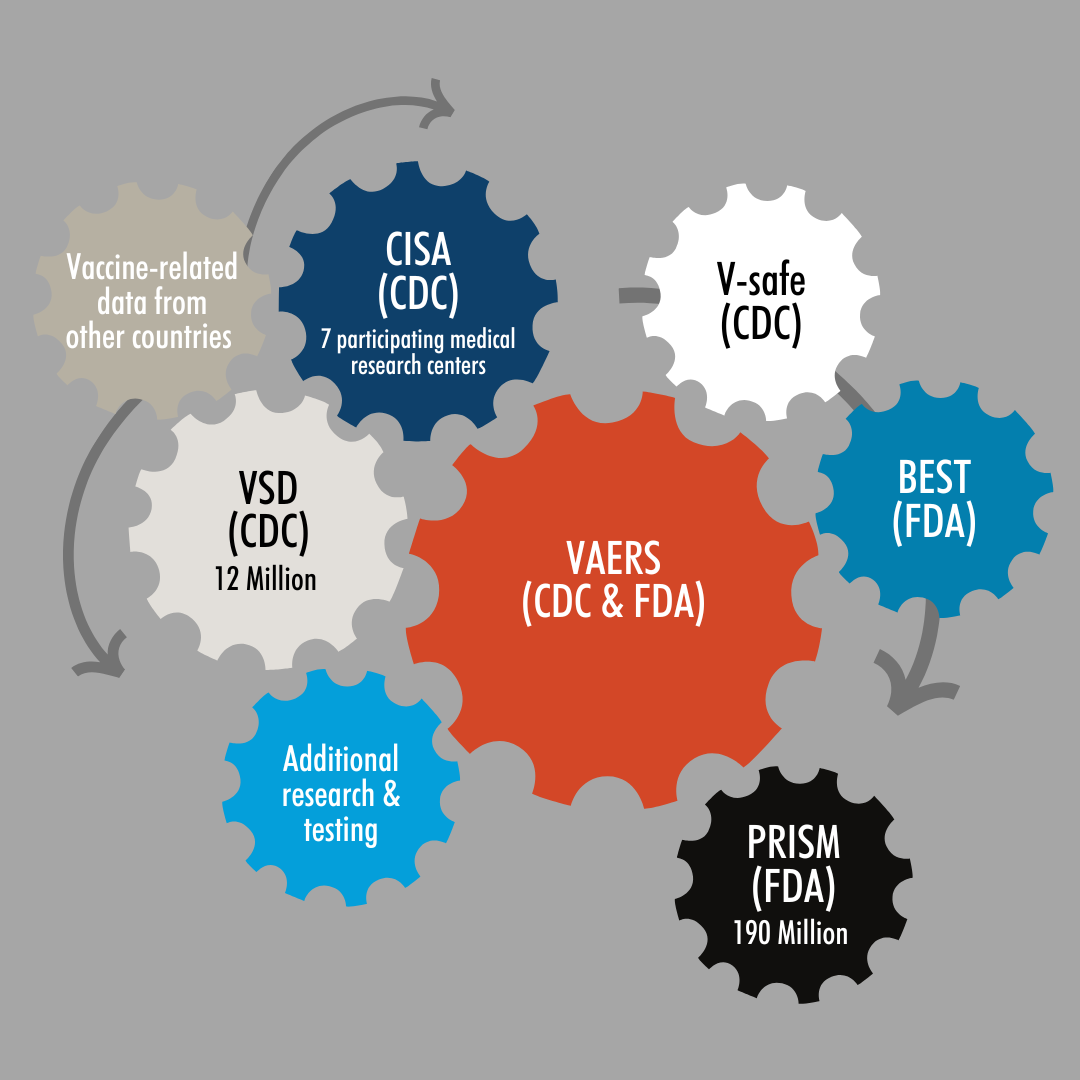About Vaccines
Vaccines, also called immunizations, are among the safest and most effective therapies we have to prevent disease. While vaccine research and technology are always evolving to meet the needs of our population, the concept of vaccines is not new. In fact, the first successful vaccine dates all the way back to 1796 with the introduction of the smallpox vaccine by Edward Jenner.
Because of vaccines, children and adults are protected from many harmful and deadly diseases, including Chickenpox, COVID-19, Diphtheria, Influenza (Flu), Hepatitis A, Hepatitis B, Hib (Haemophilus influenzae type b), HPV (human papillomavirus), Measles, Meningococcal, Mumps, Polio, Pneumococcal, Rotavirus, Rubella, Tetanus, and Pertussis (Whooping cough).
A Brief History of Vaccine Hesitancy
How Vaccines Work
Vaccines contain small amounts of antigens, or substances capable of triggering an immune response. This immune response safely trains our bodies to fight off disease. So, when we come in contact with a pathogen that we’ve been vaccinated against, our immune system recognizes it and knows how to fight it off before we get sick.
Vaccines not only provide personal protection from disease but are crucial in preventing disease outbreaks and protecting those who are ineligible to be vaccinated. This is why it’s extremely important for all eligible children and adults to stay up-to-date on their vaccinations.
Vaccine Safety
The success of vaccination programs depends not only on vaccines’ effectiveness, but also on their safety. Because vaccines aregiven to millions of healthy people each year, they are held to a very high standard and are continuously monitored for safety.
The U.S. has one of the most advanced systems in the world for assessing vaccine safety. This includes a coordinated and overlapping approach using state-of-the-art technologies and systems working together. Each of the "gears", or systems, supplies a different type of data for researchers to analyze. Together, they work as a well-oiled machine to help provide a comprehensive picture of vaccine safety in the U.S.



